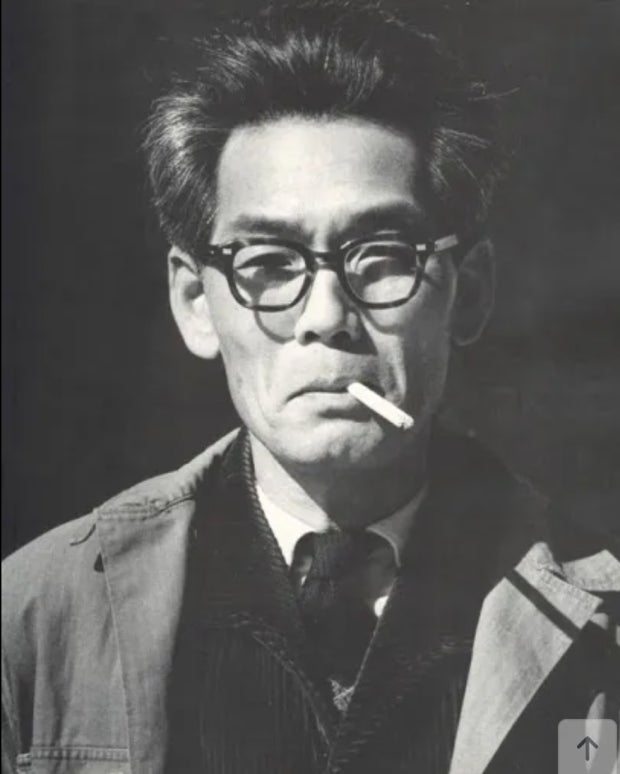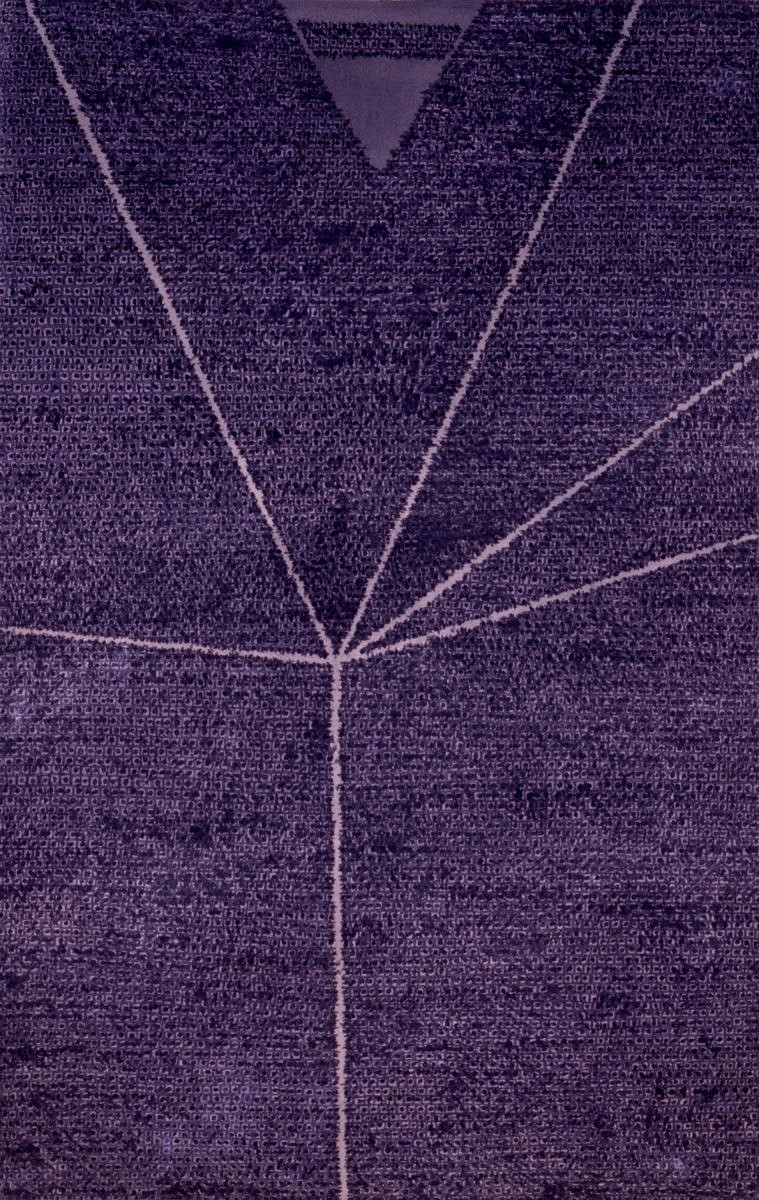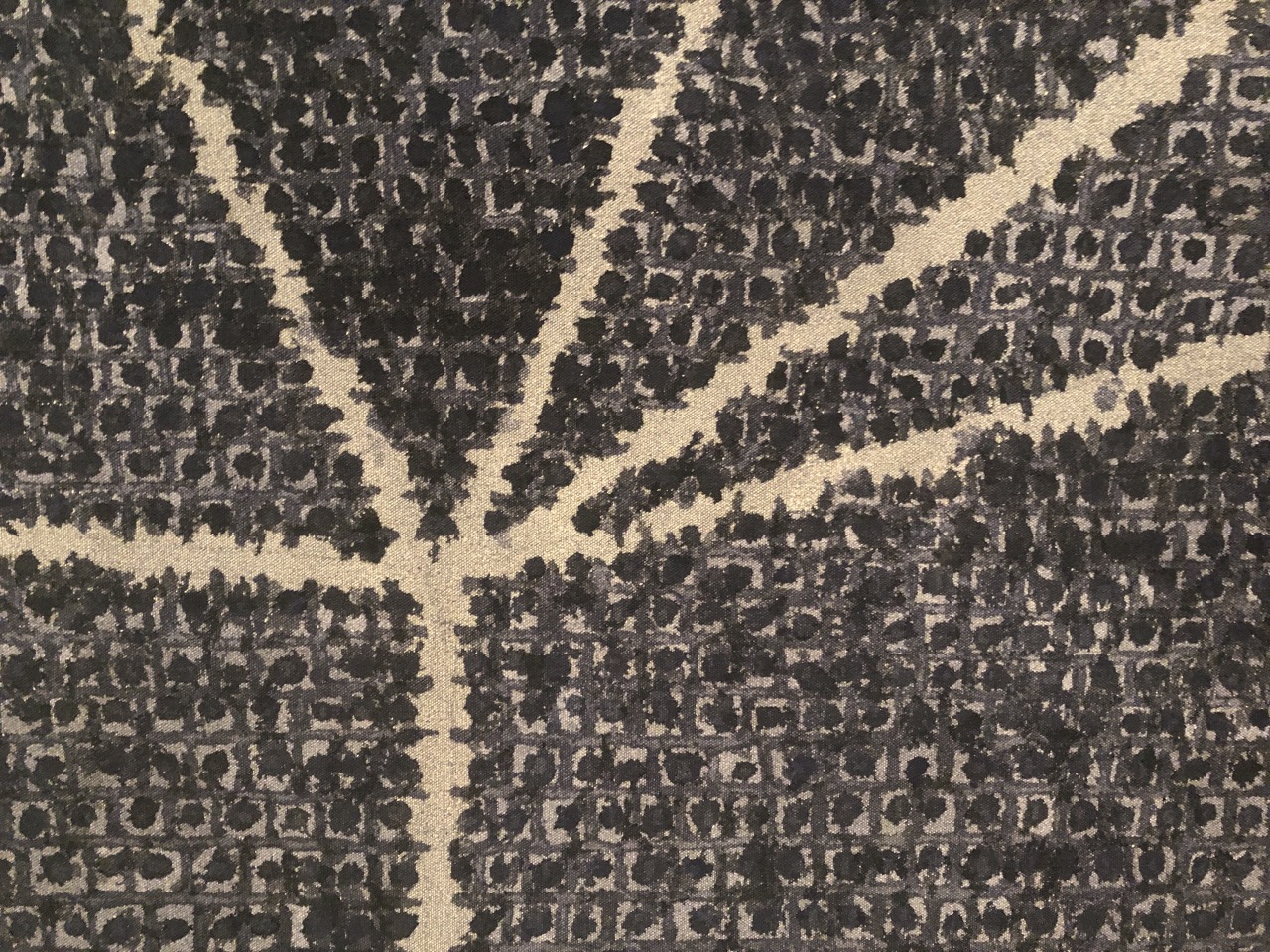Kim Whanki
Oriental Universe in Abstract Painting
- Name
- Kim Whanki
- Media
- Painting
- Region
- South Korea
- Year of Birth
- 1913
- Place of Birth
- Kijwa island, Korea
- Year of Death
- 1974
- Place of Death
- New York
- External Link
- Link to Art Terms
-
- Link to Regions
-

Plate of artwork

20-V-1974 #330
1974
Collection of Fukuoka Asian Art Museum

Detail

(Source of the artist’s portrait: 행복한 창조자 스튜디오)
The artist went to Japan to study Western art in 1933. After his return to Korean in 1937, he established professional status in the Korean art scene. Thereafter Kim traveled to locations that led the global art scene such as Paris and New York, and devoted himself to finding his style of expression. His early works involved traditional Korean motifs such as mountains, birds, moons, and vases. However, these figures eventually transformed into abstract forms and later refined into more simple shapes. Such works employed groups of circles and squares that cover all over the canvas, and became known as “dot painting.”
Since the 1970s, a big wave of unique abstract expression, named Monochrome Painting was born in Korea, which stemmed from Oriental aesthetics. Kim was one of the founding figures in such movement.
Uneven dots create comfortable rhythms, while straight lines cross between the dots and stretch beyond the edge of the canvas, implying unlimited extension of the universe. Blurred color paints and their tones remind us of black ink. Through representing abstract images, the piece conveys Oriental sentiment.
Visual artists in Asia struggled to find a way, as one of their most significant themes, to bridge their studies of Western art theories and the traditions of their own regions. Through his technique of repetitive dots applied ascetically one by one on canvas, Kim Whanki pioneered the world of unique abstract paintings in Korea, distinctive from those of the West.